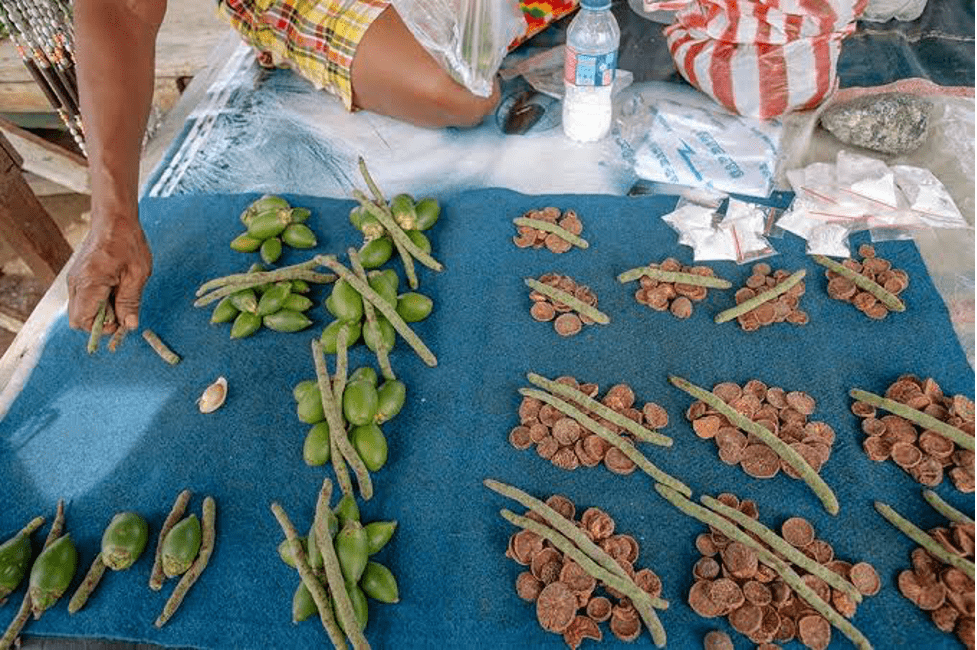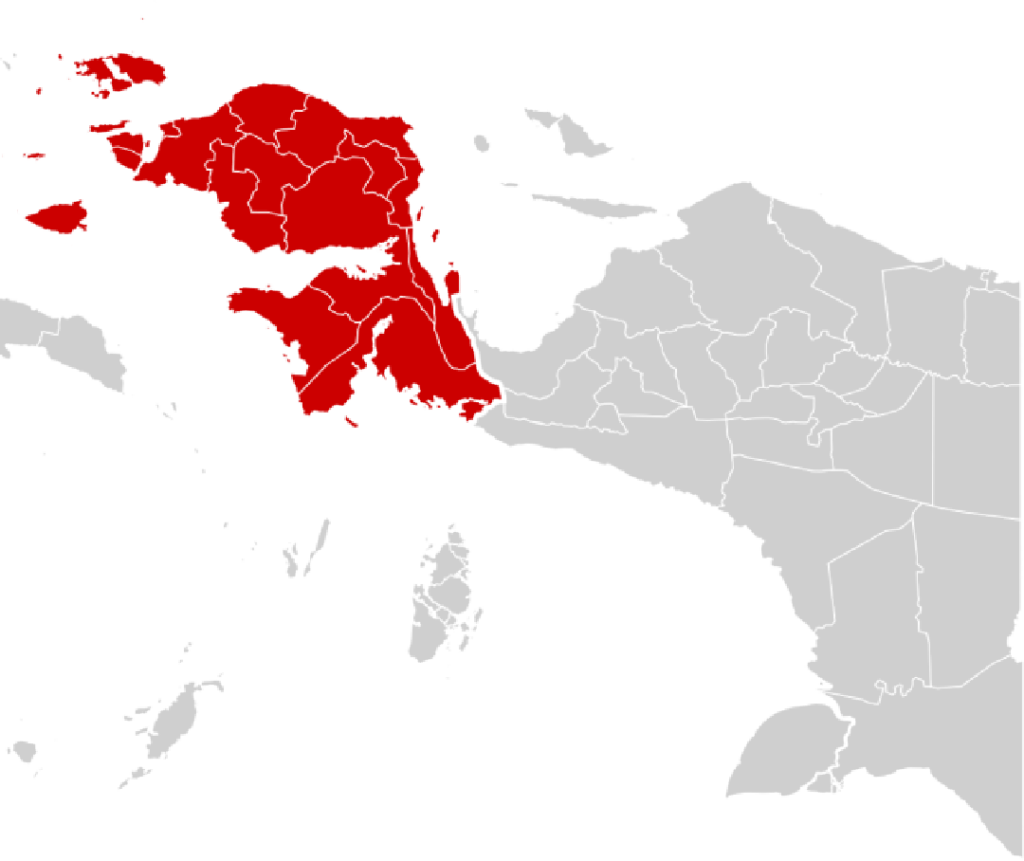Papua, a region on the eastern tip of Indonesia, is rich in unique traditions and culture. One of the most famous traditions in Papua is betel nut chewing. This activity is not just a daily habit, but also an important part of the identity and social life of the Papuan people. In this article, we will explore the tradition of betel nut chewing, its benefits, and its meaning in the lives of Papuans.
Betel nut chewing is a practice that dates back to ancestral times in many parts of Southeast Asia and the Pacific, including Papua. The tradition involves the betel nut (Areca catechu) being chewed together with betel leaves (Piper betel) and whiting. This combination produces a mild stimulant effect and provides a sensation of cleanliness in the mouth.
In Papua, the areca nut is known by various names, depending on the tribe. However, its function and usage remain the same. Betel nut is a symbol of hospitality and friendship. When someone visits another house, often the host will offer betel nuts as a sign of respect and friendship.
Chewing betel nut not only has cultural value but also several benefits that are recognized by the Papuan people. Firstly, areca nut is known to have a stimulant effect that helps increase alertness and reduce fatigue. This is especially beneficial for people who work hard in the fields or forests.
Secondly, chewing betel nut is believed to have a positive effect on oral health. Compounds in areca nut and betel nut can help clean teeth and maintain healthy gums. Nonetheless, excessive and long-term use can have negative effects, such as tooth staining and the risk of oral cancer.
Chewing betel nut involves a fairly simple yet meaningful process. Dried or fresh betel nut is cut into small pieces, then mixed with whiting applied to betel leaves. This mixture is then chewed together. The combination of these ingredients produces a chemical reaction that gives a warm sensation and a spicy taste in the mouth.
At traditional events, such as weddings, religious ceremonies, and community gatherings, chewing betel nut is often an important part of the ritual. In these events, chewing betel nut is not just an activity, but also a symbol of togetherness, respect, and harmony.
Along with the times and the influx of modern culture, the tradition of chewing betel nuts faces challenges to be preserved. Many young Papuans have started to abandon this custom, replacing it with a more modern lifestyle. In addition, health issues related to the excessive use of whiting are also a concern.
However, many Papuan traditional leaders and communities continue to work to preserve this tradition. Cultural festivals and community events are often held to reintroduce the values and meaning of betel nut chewing to the younger generation. In addition, education on the safe and healthy use of betel nut is also intensively conducted.
Betel nut chewing is a tradition rich in cultural and social values for the people of Papua. Despite facing various challenges in the modern era, the preservation efforts made by the community and traditional leaders show how important this tradition is for Papuan identity and social life. By understanding and appreciating the tradition of betel nut chewing, we are not only preserving a valuable cultural heritage but also celebrating Indonesia’s incredible cultural diversity. Preserving this tradition is a form of respect for our ancestors and pride in the unique cultural identity of the land of Papua.


